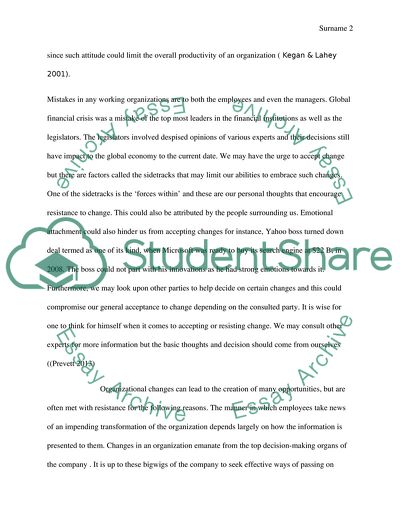Cite this document
(“Innovation, Ethics & Change-Hypocrisy Essay Example | Topics and Well Written Essays - 3000 words”, n.d.)
Innovation, Ethics & Change-Hypocrisy Essay Example | Topics and Well Written Essays - 3000 words. Retrieved from https://studentshare.org/human-resources/1636163-innovation-ethics-change-hypocrisy
Innovation, Ethics & Change-Hypocrisy Essay Example | Topics and Well Written Essays - 3000 words. Retrieved from https://studentshare.org/human-resources/1636163-innovation-ethics-change-hypocrisy
(Innovation, Ethics & Change-Hypocrisy Essay Example | Topics and Well Written Essays - 3000 Words)
Innovation, Ethics & Change-Hypocrisy Essay Example | Topics and Well Written Essays - 3000 Words. https://studentshare.org/human-resources/1636163-innovation-ethics-change-hypocrisy.
Innovation, Ethics & Change-Hypocrisy Essay Example | Topics and Well Written Essays - 3000 Words. https://studentshare.org/human-resources/1636163-innovation-ethics-change-hypocrisy.
“Innovation, Ethics & Change-Hypocrisy Essay Example | Topics and Well Written Essays - 3000 Words”, n.d. https://studentshare.org/human-resources/1636163-innovation-ethics-change-hypocrisy.


